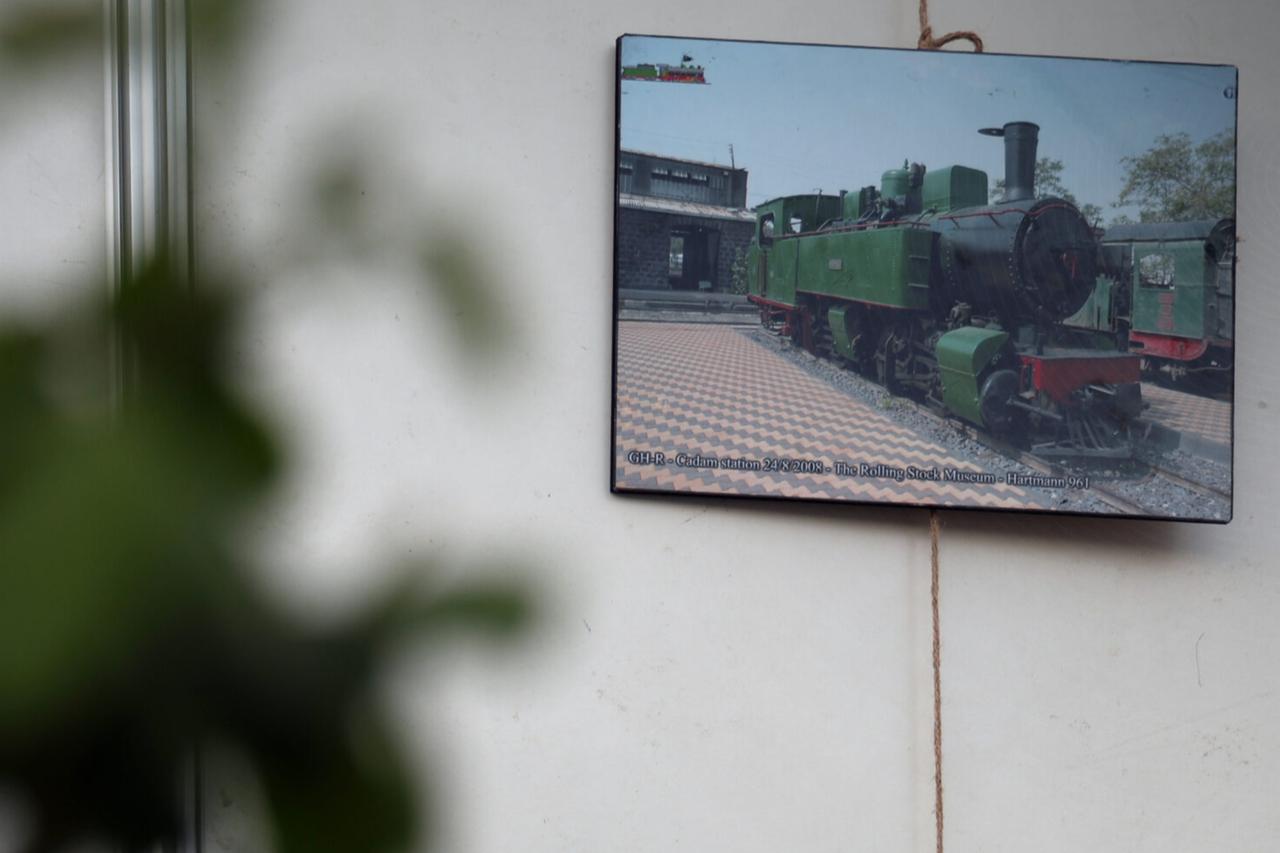
A cultural evening, “Memories of the Hejaz,” was held at the Damascus International Fair, featuring a documentary on the historic Hejaz Railway.
Among the attendees were the ministers of transport and tourism, highlighting the enduring significance of the railway in the region’s heritage.
During the event, Irish historian Leon Macaron shared insights from his research journey along the railway’s route.
He traveled in 2024 and 2025 along the Hejaz Railway route from Damascus to Medina, passing through Jordan and Saudi Arabia, drawing on local testimonies and rare archival documents from Istanbul and London.
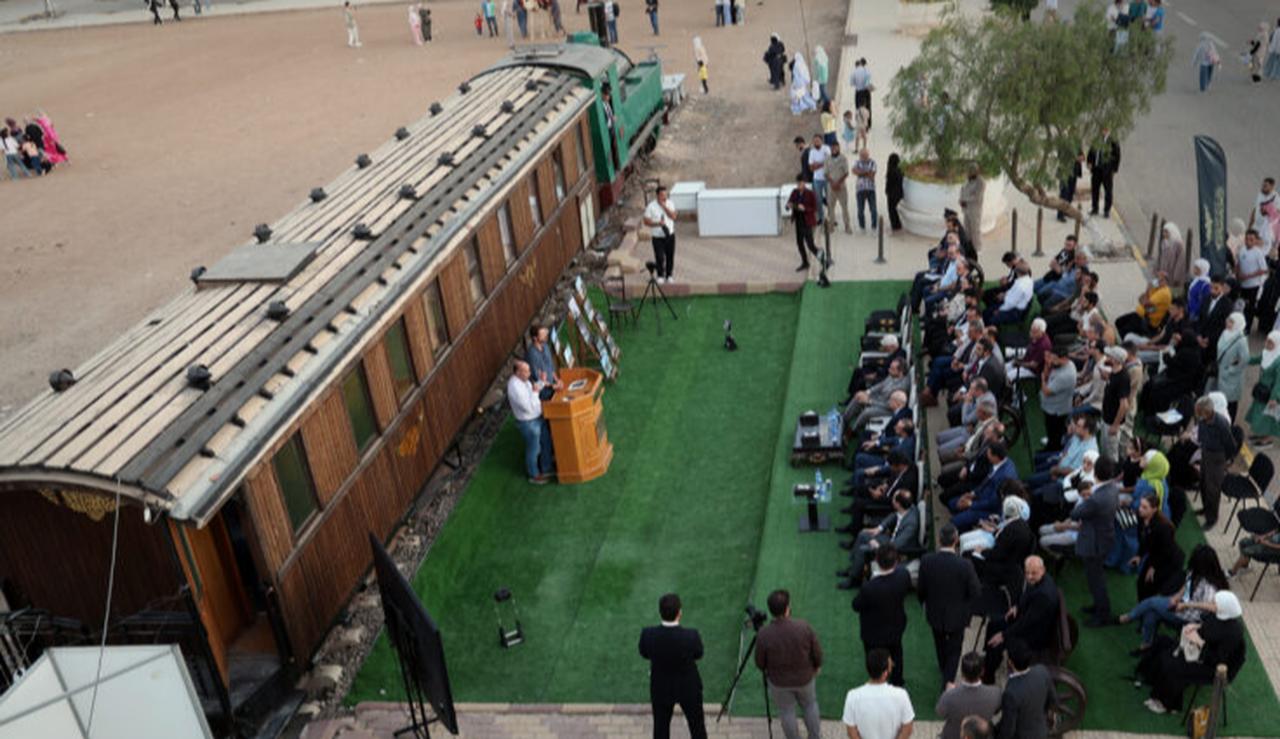
Macaron highlighted that the Hejaz Railway was one of the greatest engineering achievements of the early 20th century, combining religious, political, and military dimensions.
He emphasized that the project, launched by Sultan Abdul Hamid II in 1900, was more than a means of transportation—it served as a civilizational link connecting the Ottoman Empire’s center to Islamic holy sites and opened wide avenues for cultural and developmental exchange in the region.
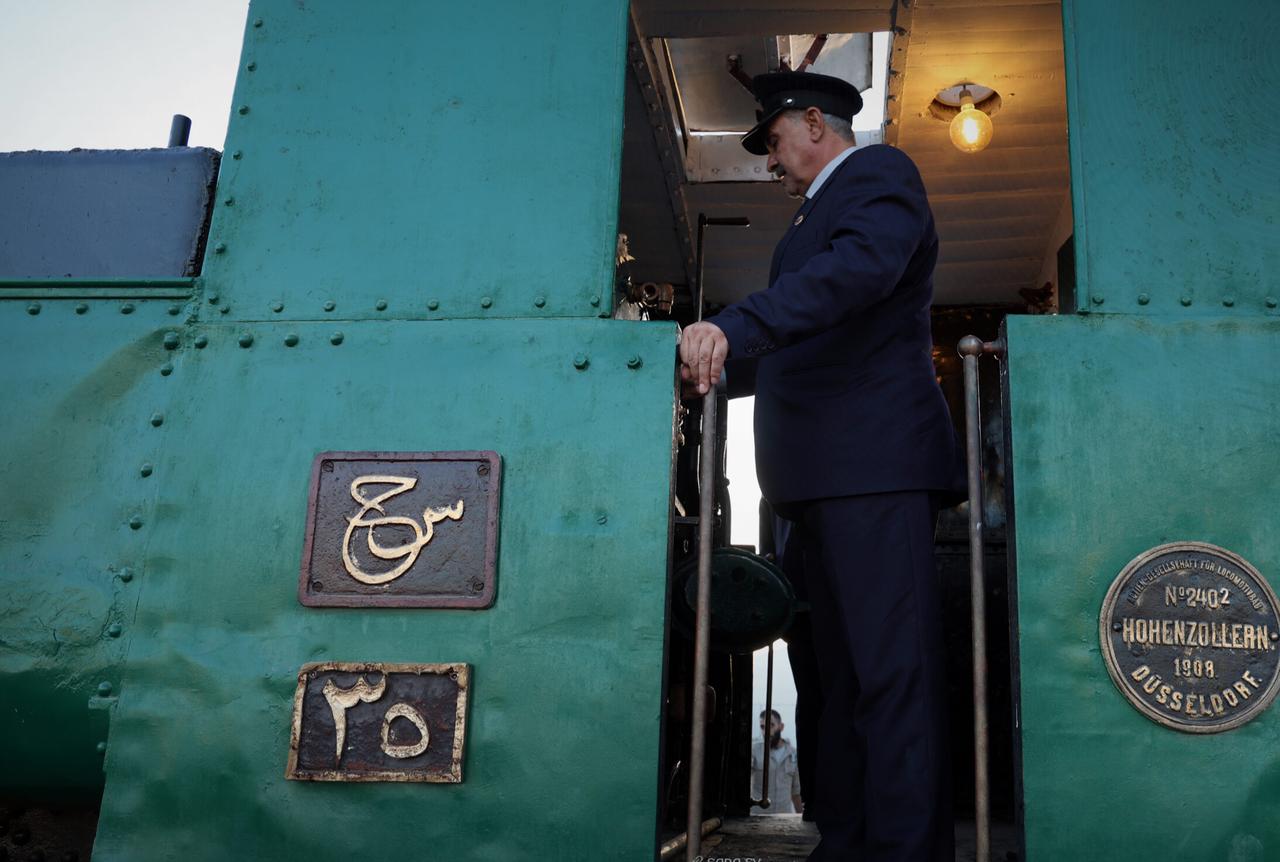
The Hejaz Railway, a marvel of early 20th-century engineering, remains a symbol of ambition, faith, and regional connectivity in the Middle East.
Commissioned in 1900 by Sultan Abdul Hamid II, the railway was intended to unite the edges of the Ottoman Empire with its heart, strengthen military defenses, and facilitate the annual pilgrimage from Damascus to the holy cities of Mecca and Medina.
Named after the arid Hejaz region along the Red Sea, the narrow-gauge railway stretched over 800 miles, reaching Medina in 1908.
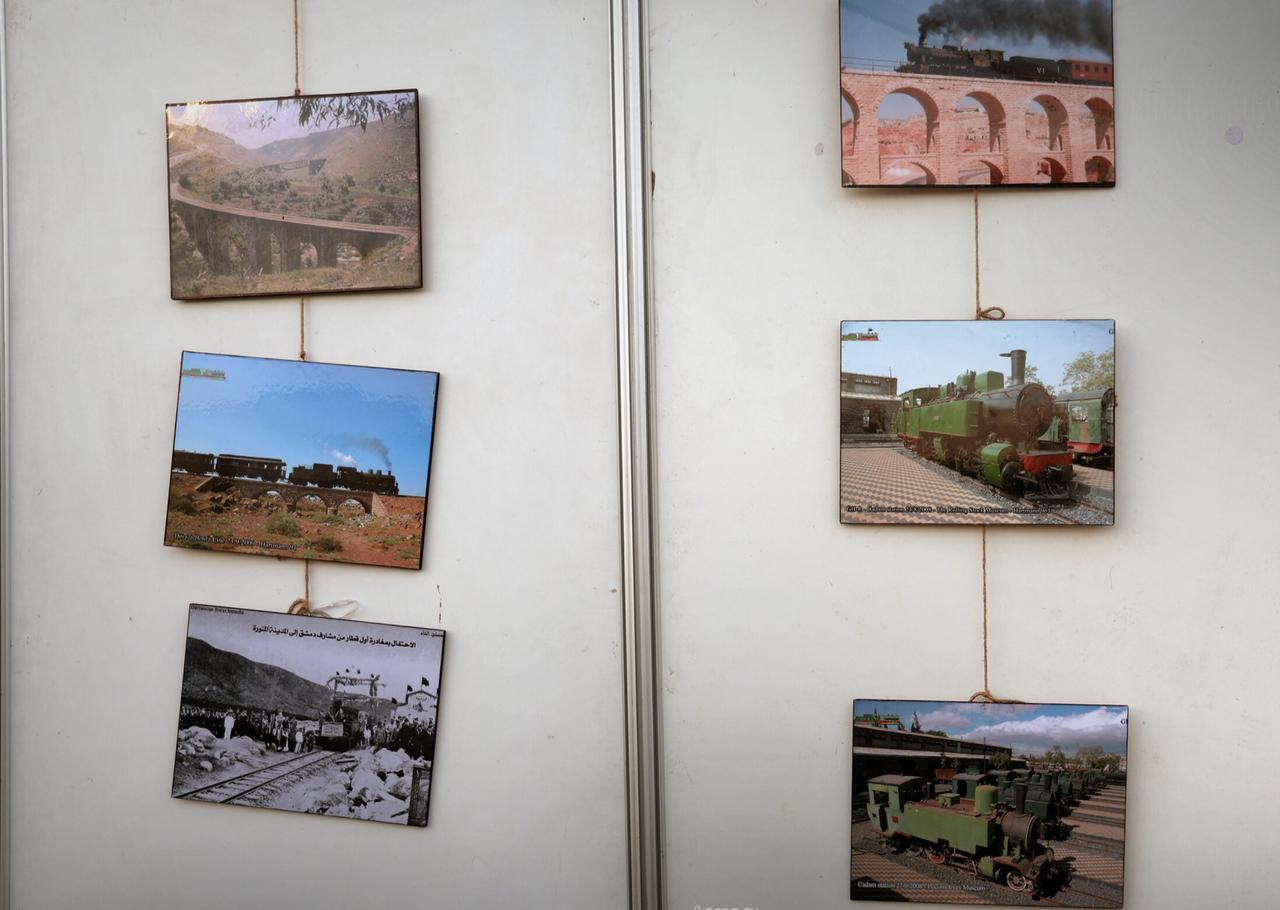
By 1914, a branch line to Haifa provided Ottoman-controlled access to the Mediterranean, avoiding reliance on French-built lines to Beirut.
Plans to extend the railway to Mecca were curtailed by Bedouin opposition, which feared losing their traditional role in Hajj logistics.
Remarkably, the Hejaz Railway was funded without foreign loans, relying instead on Sultan Abdul Hamid’s contributions, Ottoman taxation, and voluntary donations from Muslims worldwide, which made up a third of the total budget.
The project was designated as a waqf, or religious endowment.
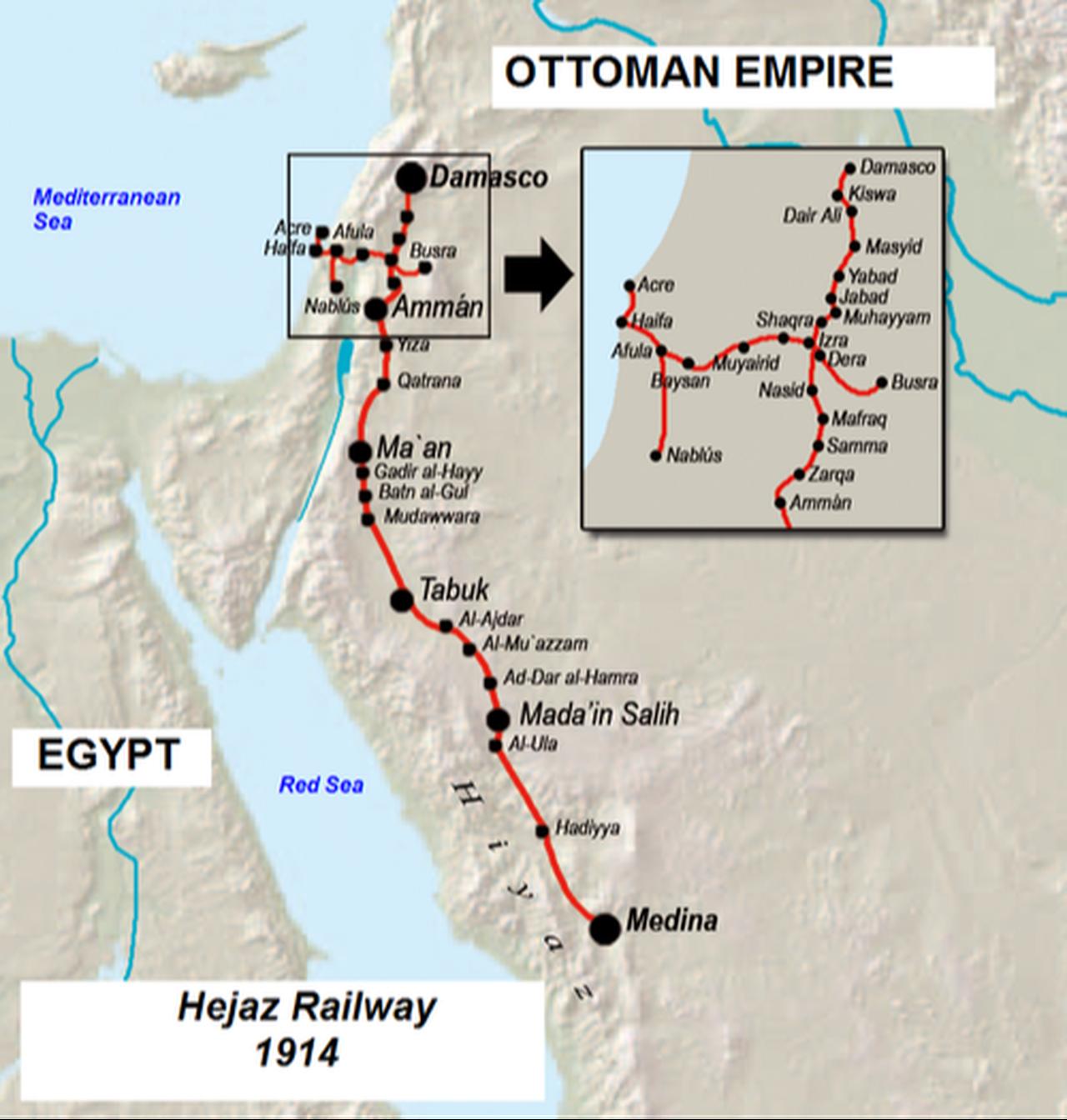
The railway’s fortunes declined as quickly as they had risen. By 1917, large sections lay in ruins following attacks during World War I and the Great Arab Revolt.
Services gradually ceased over the decades: in Saudi Arabia by 1925, in Palestine after 1948, and cross-border Syrian-Jordanian operations ended in 2011. Its fragmentation reflected the broader disconnection of the region throughout the last century.
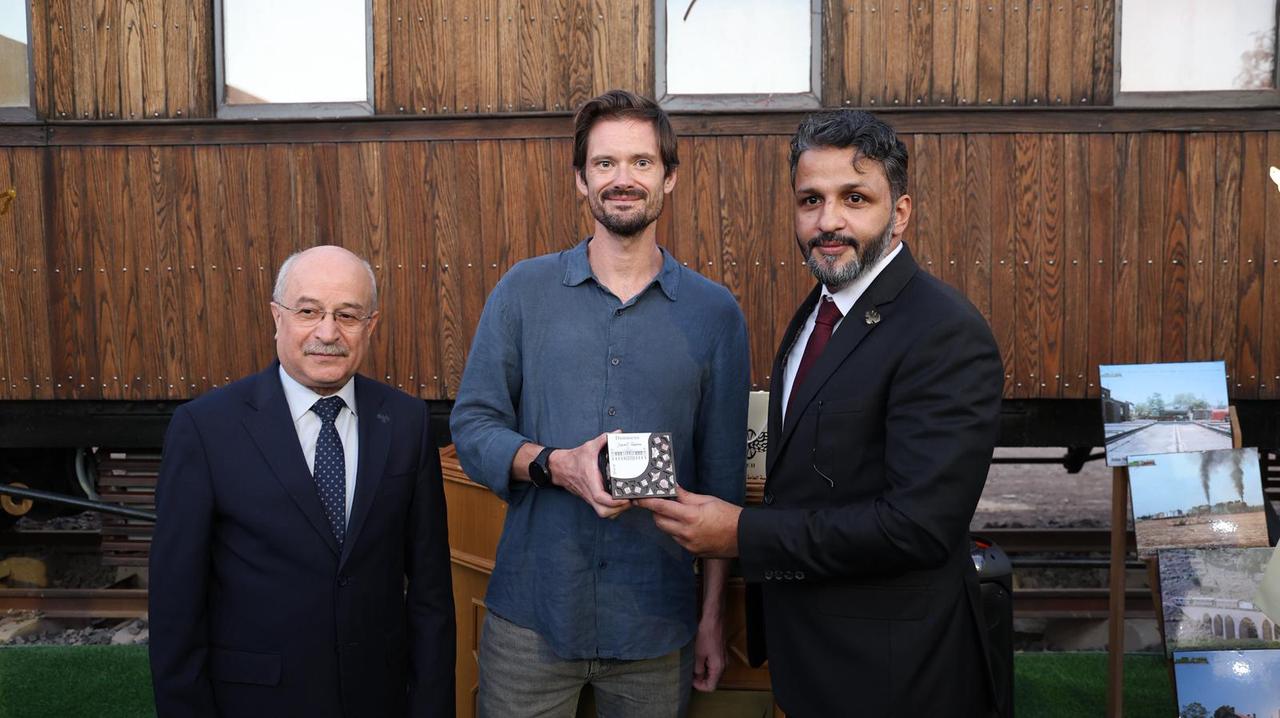
Macaron recounted his research journey along the Hejaz Railway, telling attendees: “In 2024 and 2025, I followed the entire line—twice!”
Tracing the route from Damascus to Medina, Macaron explored archives from London to Istanbul. In Syria, he collaborated with Mohammed Al Ajami and Massoud Saloum of the Hejaz and Syrian Railways, along with his colleague Wasim al-Bahra.
He visited every station along the route, speaking with locals who still remember the railway’s grandeur, and shared his experiences with the audience.
“Thanks to the kind invitation of Yaroub Badr from the Ministry of Transportation in Syria, I was able to undertake this journey,” he said.
At Al Qadem station, railway official Mazen Malla showed him a restored royal carriage originally built for the Sultan, calling it their “pride and joy.” Staff spoke of the deep pride in maintaining a railway that represents a long and rich chapter of Syria’s history.
At Daraa, station manager Na’im al-Kharazeh told Macaron, “The Hejaz is older than our Ministry of Transportation. It is part of Syria’s heritage.”

“Many stations are still maintained by local communities, though some face threats from looters,” Macaron noted.
“In Jordan, the tracks remain preserved from the north all the way to Ma’an. It was from one of these station balconies that Emir Abdullah declared the country’s independence after World War I.”
He added that officials in Amman describe the railway as the “greatest industrial achievement of an Islamic empire,” emphasizing the urgent need for its protection.
“Plans for high-speed lines and tourism projects are underway,” Macaron said, “but significant challenges still persist.”
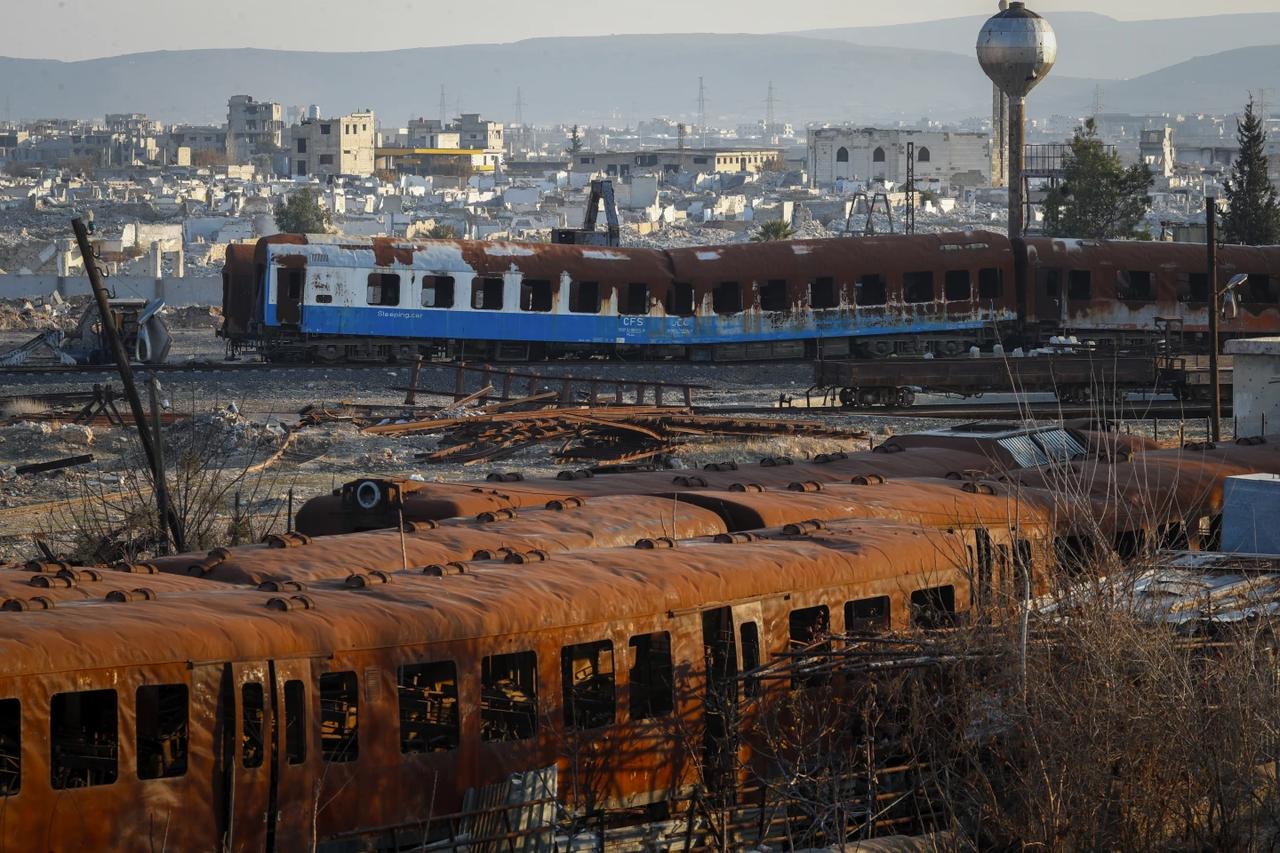
In Saudi Arabia, most rails are gone, and the surviving stations show signs of decay. Small museums in Tabuk and near AlUla preserve fragments of its history, but the railway seems absent from the Kingdom’s vision for the future.
Despite its uncertain future, the Hejaz Railway remains a unique symbol of human ambition, engineering excellence, and regional unity.
Its legacy offers Syria and neighboring countries an opportunity to reclaim a historical role as a hub of connection and innovation.